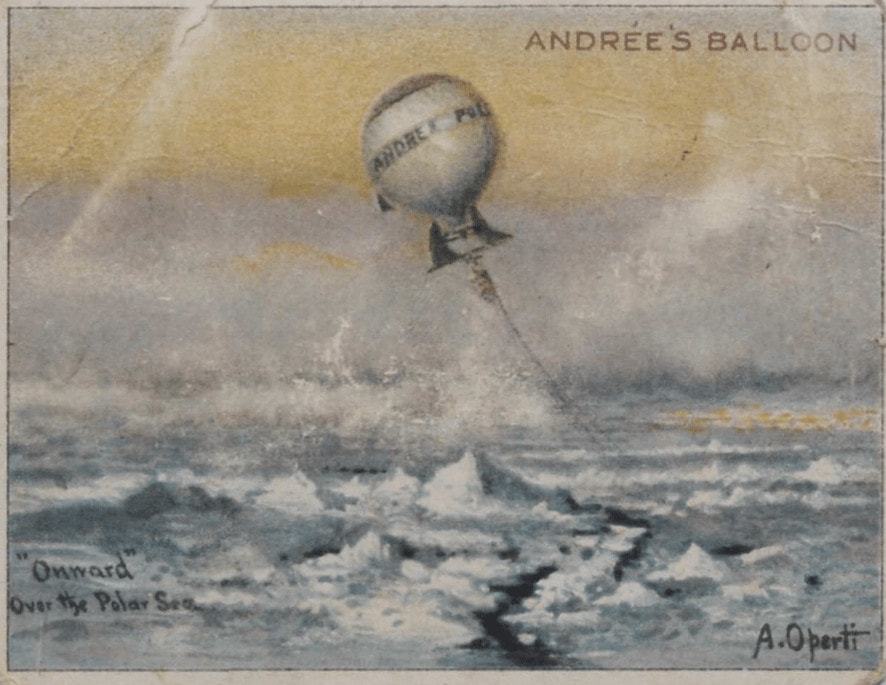|By Sara Pellijeff, Gale Field Sales Executive – Nordics and Baltics|
On July 11, 1897, the hydrogen balloon Örnen (“The Eagle”) took off from Svalbard (a Norwegian archipelago between mainland Norway and the North Pole) with three Swedish expedition members on board – Salomon August Andrée, Knut Frænkel, and Nils Strindberg. The plan was to float over what was, at the end of the nineteenth century, the world’s last mysterious destination: the North Pole.
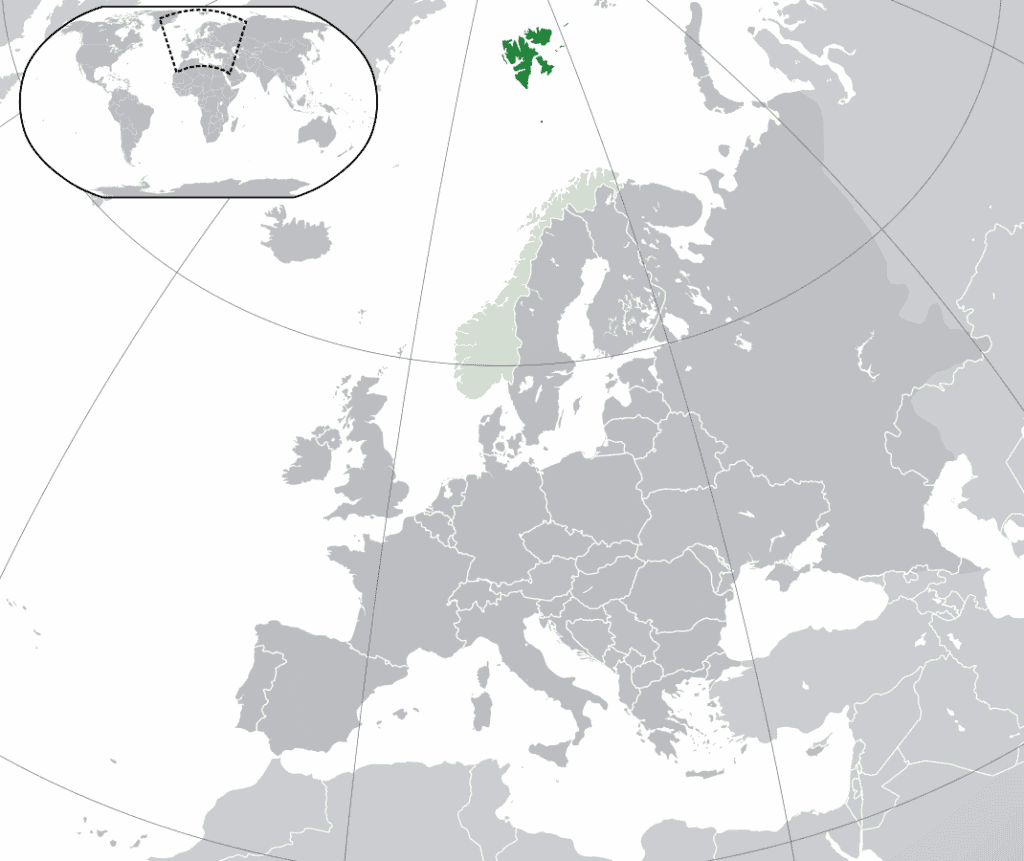
The balloon was lost almost immediately after setting off and the fate of the expedition was a mystery for 33 years until 1930 when the remains of the expedition members were found by coincidence on White Island, north east of Spitzbergen (a previous name for Svalbard). Equipment, diaries and photographic film was also discovered and revealed that the leaking balloon went down after about 50 hours of travel, and that Andrée, Frænkel and Strindberg had struggled for nearly three months on the drifting pack ice, trying to return to civilisation, before dying of unclear causes only days after setting up camp in October 1897.
The expedition was covered extensively by international newspapers, and I decided to look into Gale’s historical newspaper archives to find examples of how the story was reported in the press over the years.
Ballooning to the North Pole
The Arctic balloon expedition was considered a bold, patriotic adventure in Sweden. It was supported by the Royal Swedish Academy of Science, had financial backing from Alfred Nobel (founder of the Nobel Prizes) and the Swedish King, and local newspaper Aftonbladet provided carrier pigeons for communication.
Questions were raised, however, regarding the viability of the project. The inadequate testing of the balloon was criticised, as were the presumptions that Andrée made about weather conditions at a place no one had ever visited. The experience and qualifications of the aeronaut were also debated, as exemplified in this letter to the Editor of The Standard from February 26, 1895 that also mentions the issue of unreasonable patriotism:

Andrées first attempt in the summer of 1896 was abandoned as the right winds never arrived and the balloon failed to take off. One of the original expedition members, Nils Ekholm, left due to safety concerns regarding steering and the leakage of hydrogen, but Andrée remained undeterred.
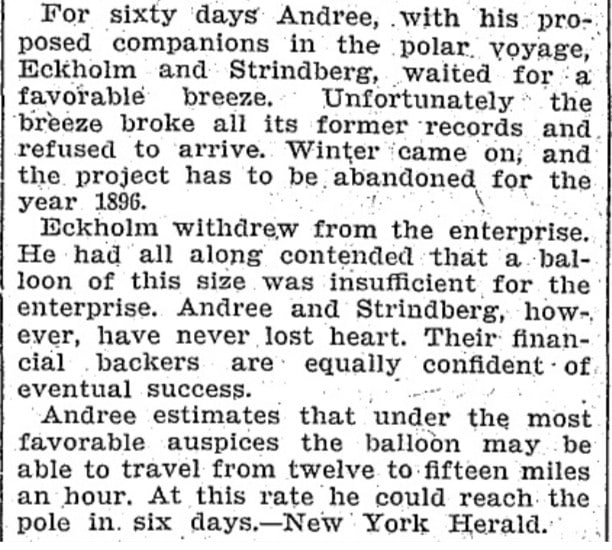
The Ascent in 1897
On July 11, 1897, the balloon finally lifted from Dane’s Island with the expedition leader, 43-year-old Salomon August Andrée, 27-year-old engineer Knut Frænkel, and the photographer Nils Strindberg who was 25.
Edinburgh Evening News, one of the papers included in Gale’s British Library Newspapers, calls it “a successful ascent” but at lift off, parts of the drag-ropes that were to be used for steering the balloon were lost. The Eagle was visible for an hour before it disappeared.

Where is Andrée?
Weeks and months passed without word from the expedition except for one message sent by pigeon on July 13, where Andrée does not mention the incident with the ropes and writes that all is well. Newspapers in different countries reported regularly on the missing expedition, speculating about what could have happened. In the Aberdeen Journal on July 22, the writer imagines the “terrible numbing cold” of the Polar regions:
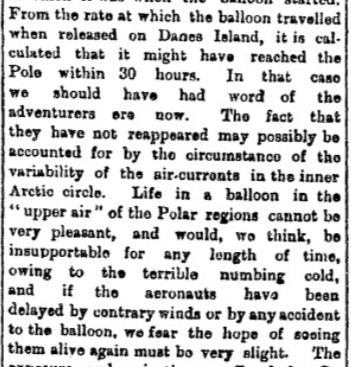
And the Galveston Daily News reports on August 6 that the balloon “may have dashed against some cliff or icepack within the hour.”

In 1899, The Graphic published the article “The Fate of Andree” about the mystery surrounding the expedition which included a map, pictures of the crew, and a picture of the balloon drifting off. The writer describes Andrée thus: “The man was strong as a lion, and the man was as simple as a child.”.
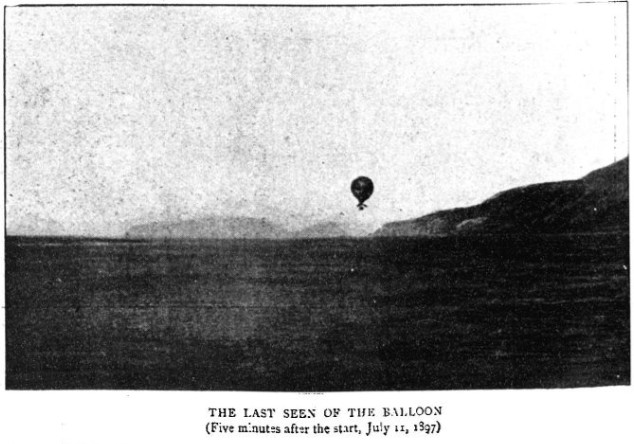
Years went by. In 1904, the Western Times published a sombre article about a “melancholy relic” from the expedition being found and reminds the reader of “the frozen corpse of the explorer” that is still out there:
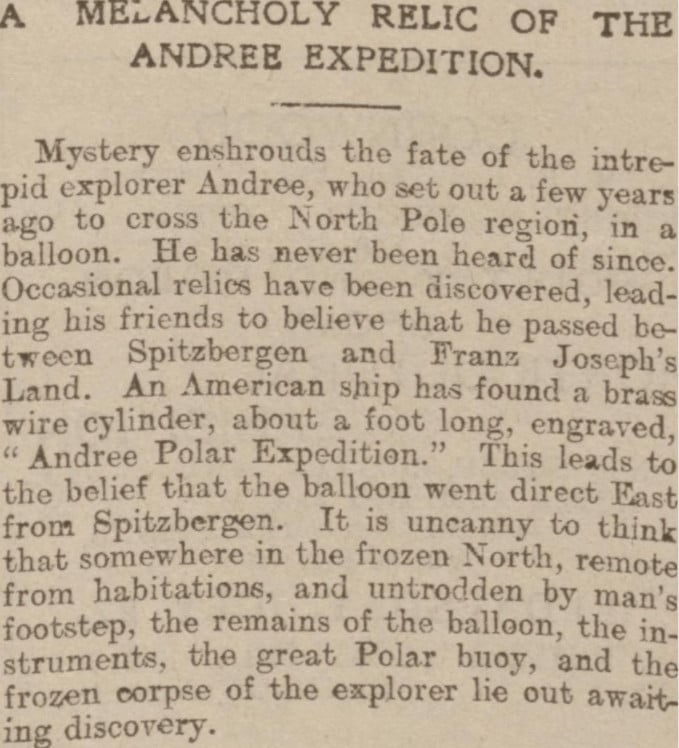
Mystery Solved in 1930
33 years after the balloon went missing, the remains of Andrée, Frænkel and Strindberg, along with their diaries, maps, and Strindberg’s photographic film, were finally found by a Norwegian scientific expedition.
The Daily Mirror on August 23, 1930 offered a summary:

The Illustrated London News published several articles on the topic of the Andrée expedition in 1930, providing information on how it all started with the preparations ahead of the ascent (reproducing images from their own articles from 1896 and 1897), the recovery of the bodies, artefacts and diaries and, perhaps most hauntingly, actual photos taken by Strindberg in 1897 that were developed after 33 years in the ice.
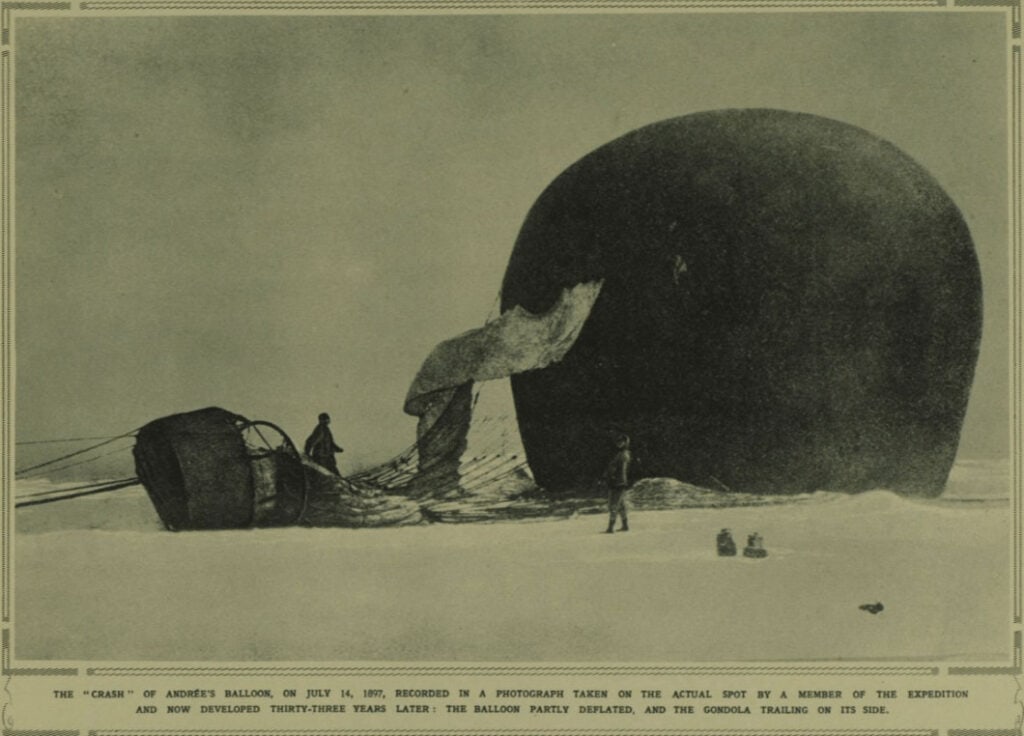
“Is This Ambition?”
The mystery had been solved, but some issues remain up for discussion such as the ongoing question of what caused the death of the three men in the end, how the project could go ahead despite numerous warning signs, and if the ambition of Andrée blinded him to the dangers. Another question is the role of the media in the tragedy. The New York Herald reports on a book published in 1930 that suggests that “turning back would have required more courage”:
!["New Andrée Book Suggests Publicity Sent Him to Death." New York Herald [European Edition], 11 Nov. 1930, p. 2. International Herald Tribune Historical Archive, 1887-2013 https://link.gale.com/apps/doc/BIZJLK682865637/GDCS?u=webdemo&sid=bookmark-GDCS&xid=12a22d7c](https://review.gale.com/wp-content/uploads/2021/07/11_Forced-by-Publicity.jpg)
The discovery of Andrée’s diary gave some insight into the thoughts of the balloonist and on January 17, 1931, the Hull Daily Mail quotes these “epic words” from the diary written in the evening of July 12, 1897 when it is believed that Andrée was already aware the expedition was doomed:
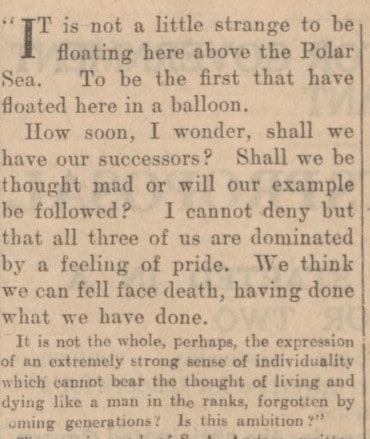
There is much more on the history of Andrèe and his balloon to discover in the Gale archives! For example, below is a bit of silk fabric, “balloon silk”, from the Salomon a. Andree 1896 Polar Expedition Collection at the National Air and Space Museum, now found in Gale’s Smithsonian Collections Online archive:
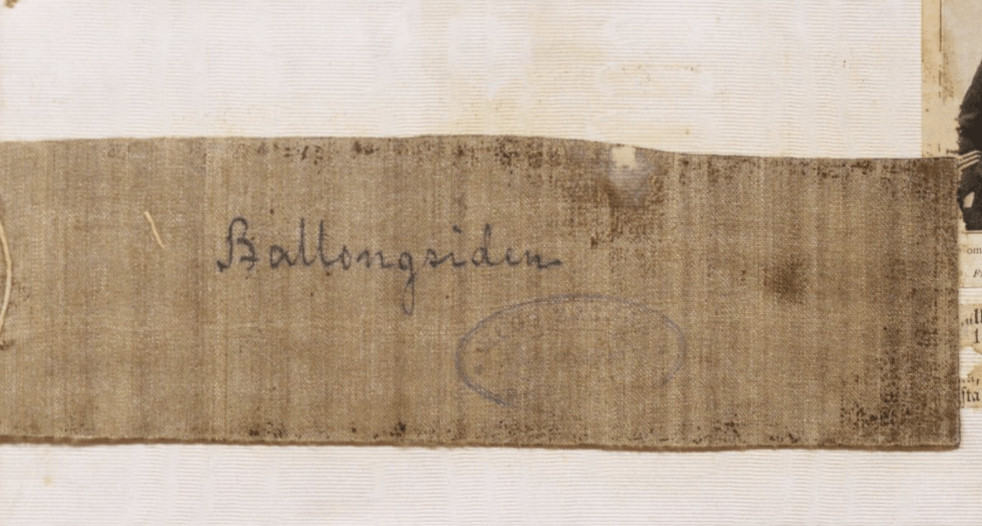
I also found the following title fascinating: The Expedition: Solving the Mystery of a Polar Tragedy by Bea Uusma, published by Head of Zeus.
If you enjoyed reading about Andrée’s Arctic Balloon Expedition, you may like:
- Adolf Erik Nordenskiöld – A Great Arctic Explorer of the Nineteenth Century
- Paradise Found: Exploring Historical Maps and Travel Writing
- Jenny Lind – the Swedish Nightingale
- Suomi mainittu! – Finland in American News in the Late Nineteenth Century
- A Peep into Finnish War History with Gale Primary Sources
- 100 years since Finland declared independence: a look back at the creation of a nation
Blog post cover image citation: “Object – Advertisement, Title: ‘Andree’s Balloon. Onward over the Polar Sea.’, Description: Andree’s Balloon in Flight.” Collections related to Balloons and Airships, Gale, 1900. Smithsonian Collections Online, https://link.gale.com/apps/doc/EAYRBY148742517/GDCS?u=webdemo&sid=bookmark-GDCS&xid=a867dca4&pg=3

